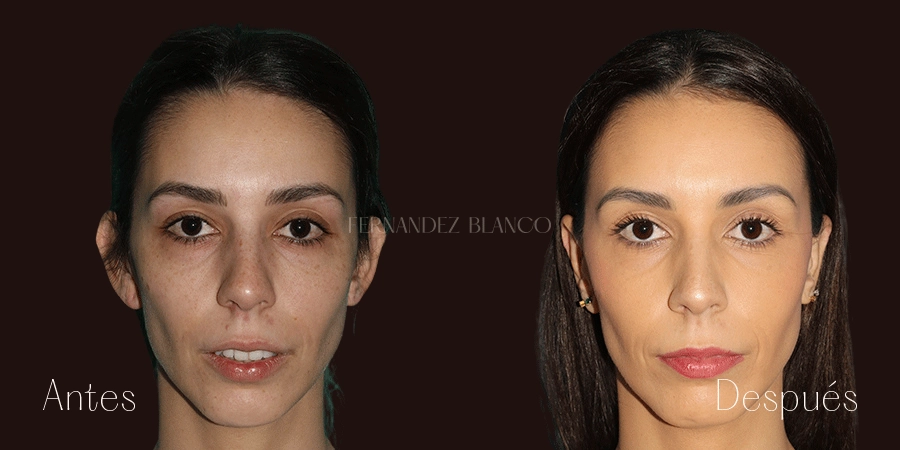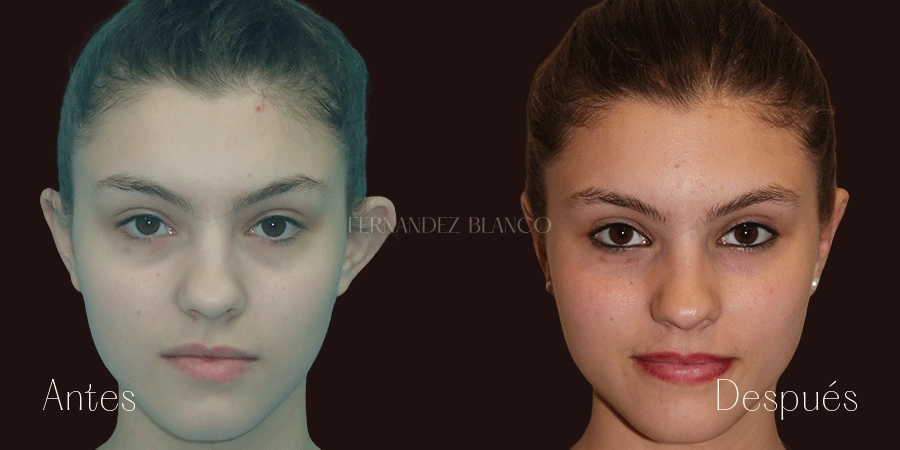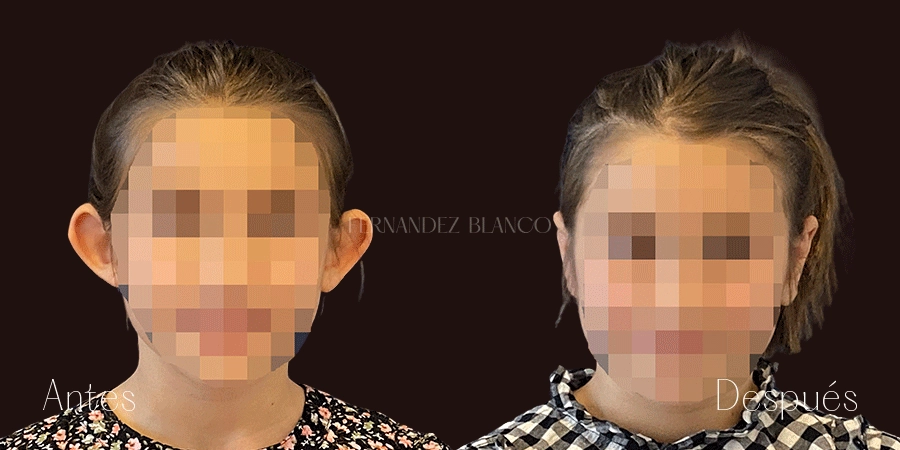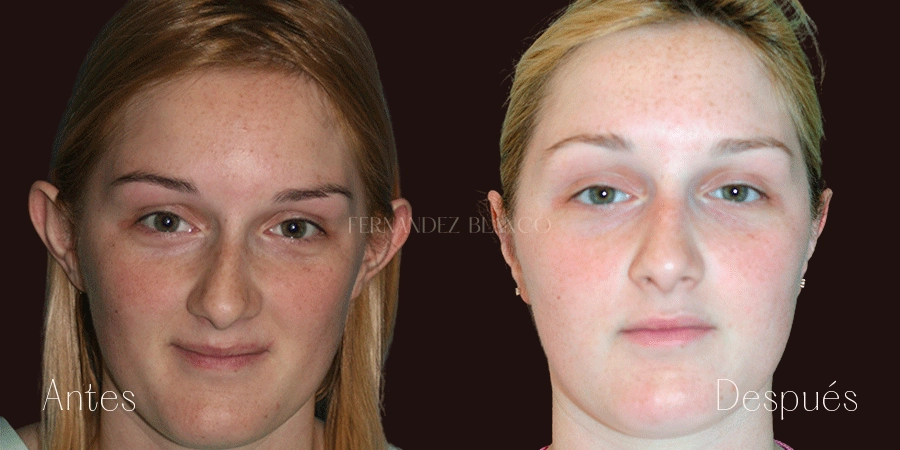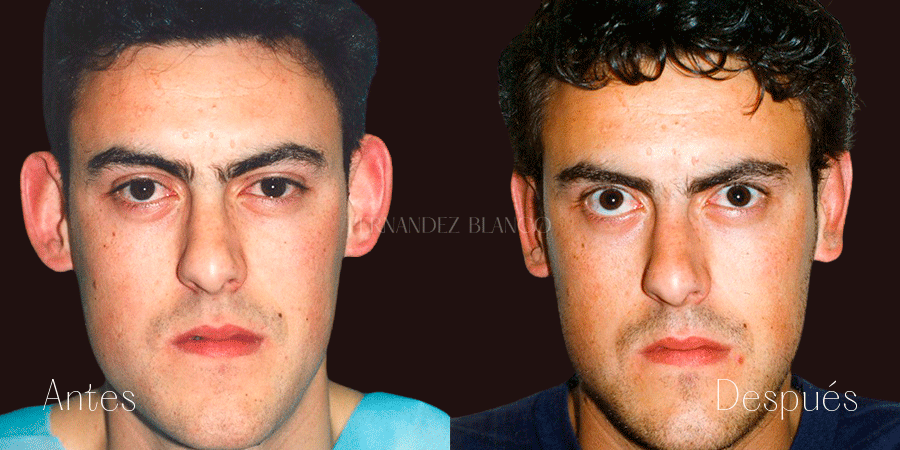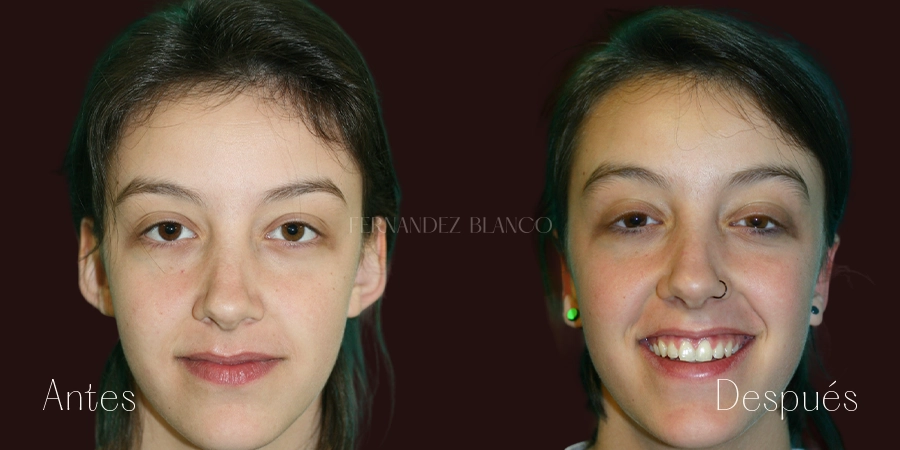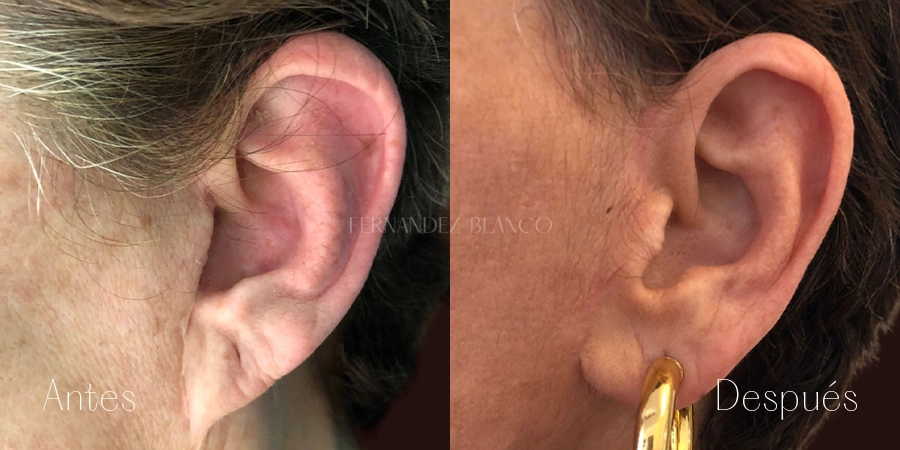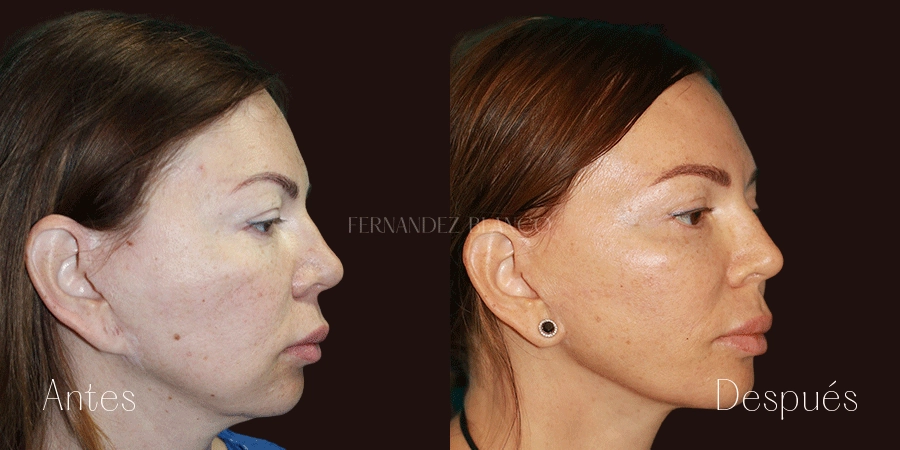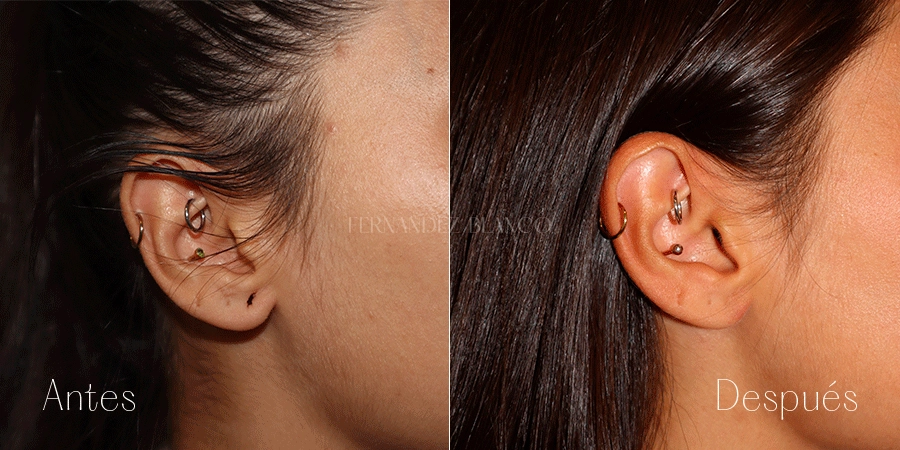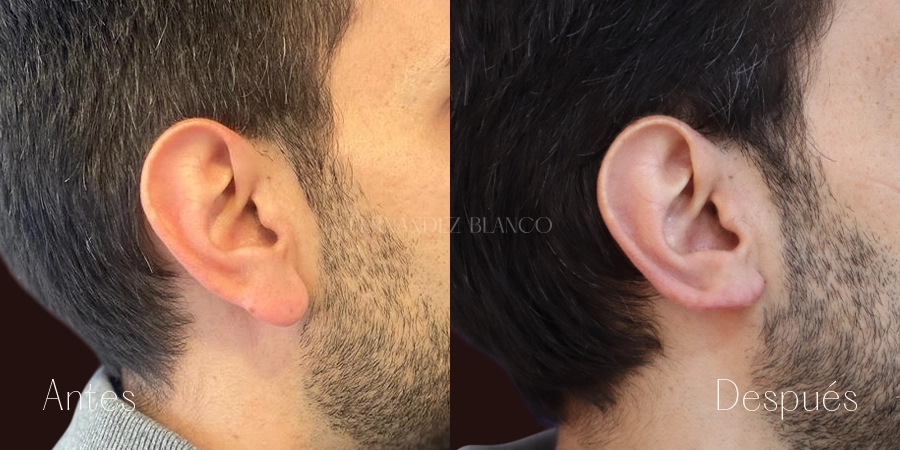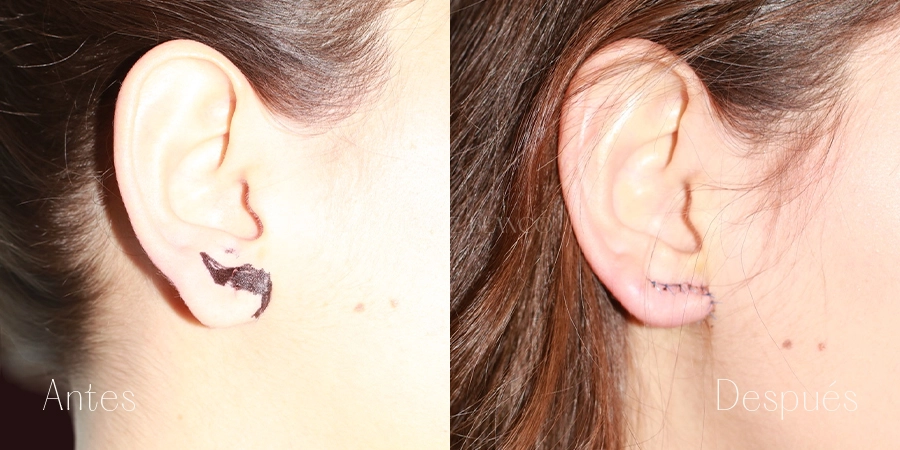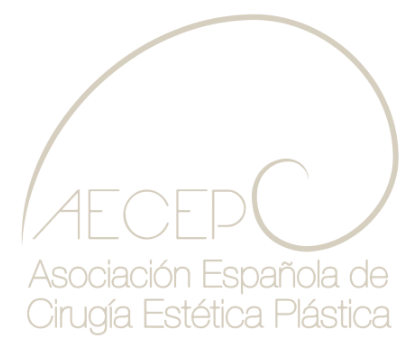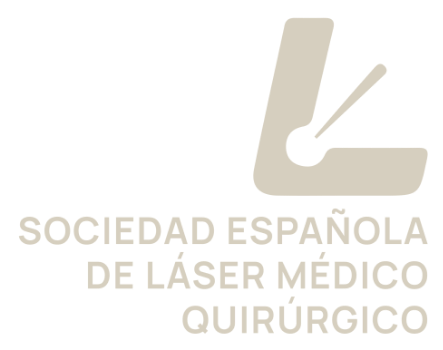Cirugía de Oreja
¿EN QUÉ
Lobuloplastia
Es la intervención para mejorar el aspecto del lóbulo auricular. Existen dos tipos de procedimientos: para reparar un lóbulo rasgado o para la disminución del tamaño de los mismos, la cicatriz es imperceptible puesto que se camufla en el pliegue de la oreja.
Orejas de Fauno
Las orejas de Fauno son una deformidad en el lóbulo de la oreja, donde el lóbulo pierde su redondez natural y es fraccionado hacia abajo se trata de un defecto que se debe a cirugías faciales con técnicas mal realizadas como podría ser el caso del lifting o una ritidectomía.
Otoplastia en orejas de soplillo
La Otoplastia es la cirugía estética de las orejas. En este caso, la corrección de las llamadas “orejas en asa”. Los resultados son excelentes y los pacientes recuperan la autoestima y mejoran notablemente su estética y armonía facial.
TIPO DE ANESTESIA
Anestesia local o anestesia general
TIEMPO DE RECUPERACIÓN
entre 3 y 15 días
RESULTADO DEFINITIVO
1 semana
Casos
Proceso
INTERVENCIÓN
La duración de la intervención será en función de la complicación y variará entre 30 minutos y 1 hora y media.
En cuanto a la sutura y la consecuente cicatriz, es imperceptible puesto que se localiza detrás de la oreja y aprovechando pliegues naturales de la piel.
POSOPERATORIO
El paciente podrá reincorporarse a su rutina habitual transcurrido una semana. No obstante, deberá esperar un mes, para realizar actividad deportiva.
Vídeos Informativos
Preguntas Frecuentes
¿Se puede realizar una otoplastia en menores de edad?
Sí, con el consentimiento paterno o de tutor legal.
¿Y las personas mayores se pueden operar ?
Si bien es cierto que el cartílago es menos elástico, con algunas variaciones técnicas se logran buenos resultados.
¿Podré ponerme gafas tras la intervención?
Se recomienda no usarlas hasta que se retiren los puntos o sea unos 14 días, para evitar poner peso sobre las orejas.
Infórmate,
pide una cita
Nuestro equipo médico te asesora sobre el tratamiento que mejor se adapte a ti, el proceso quirúrgico, los posibles riesgos y todo lo que necesitas saber antes de afrontar una decisión tan importante.
*Las cirugías se realizan en un hospital debidamente autorizado.
